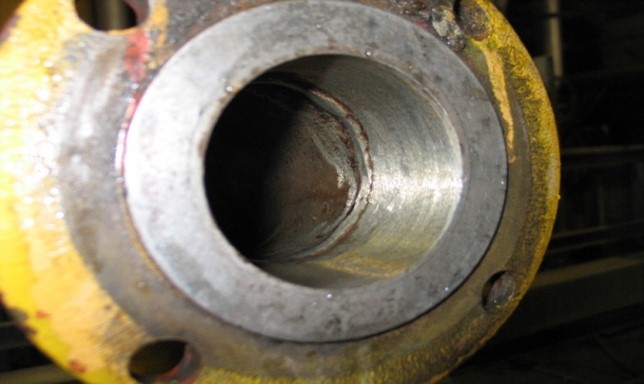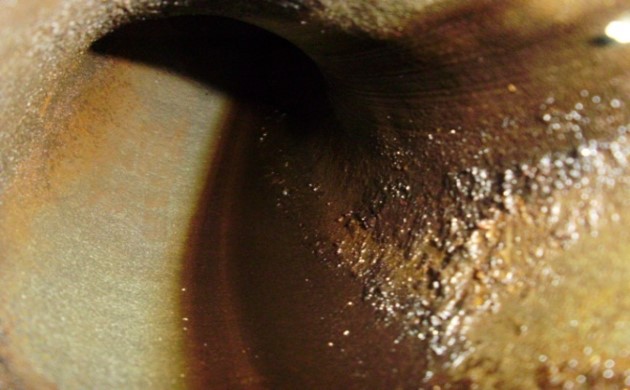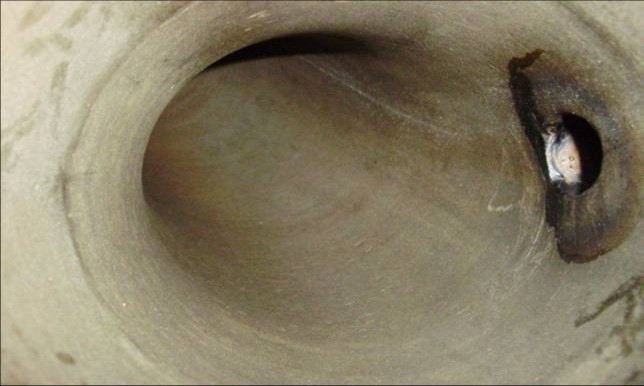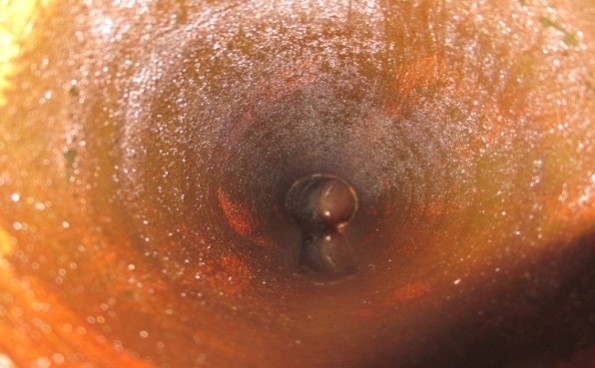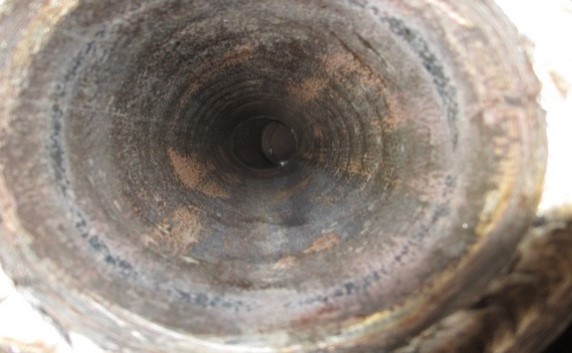Once the preset cleanliness class is achieved, the scrubber unit is dismantled, along with the temporary associated equipment. The unit’s oil system, thus prepared, is cleaned and ready for long-term, trouble-free operation.
Flushing of oil systems
Oil flushing technology is used for both long-operating oil systems and completely new installations to achieve the oil cleanliness class required for operation.
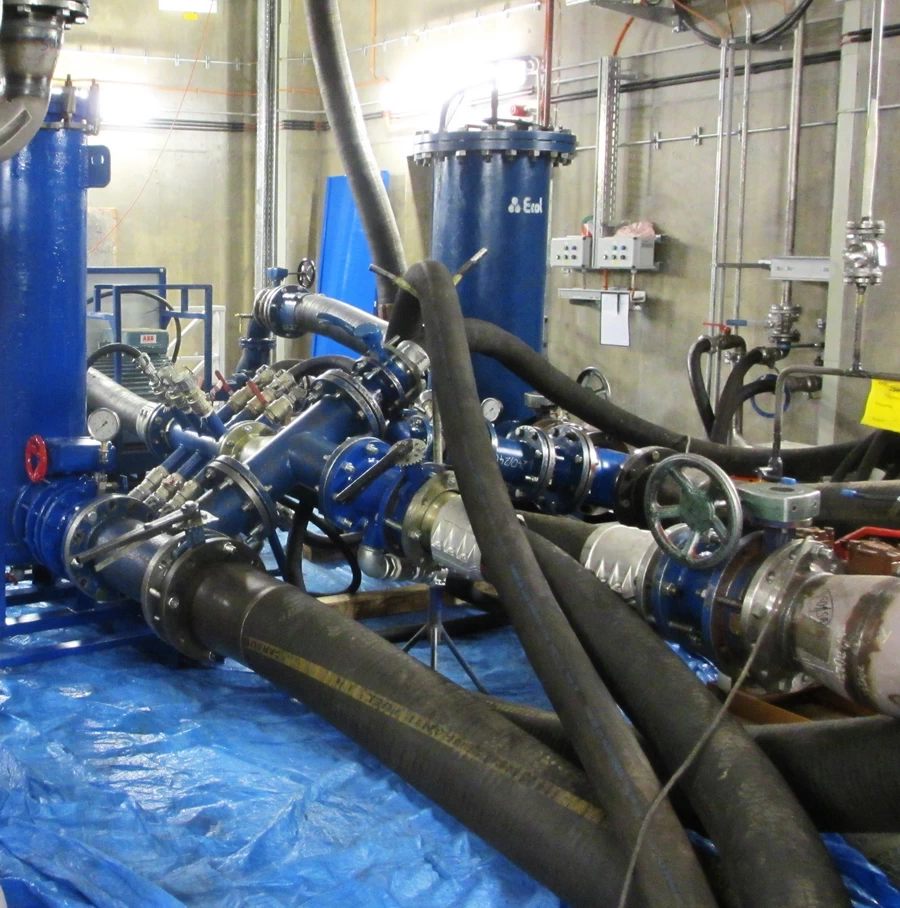
flushing of oil systems
what is oil system flushing?
The process of flushing oil systems involves incorporating an additional flushing unit into the lubrication system, whose flow rate and filtration capacity significantly exceed the capacity of the oil pump and system filters.
Flushing is carried out with oil, and the contaminants lifted from inside the system in the process are caught by a system of filters that are part of the flushing unit.
The success of the entire oil system flushing operation depends on ensuring a sufficiently high flow rate to ensure turbulence, which is achieved by using high-capacity filter media. The turbulent flow of oil, i.e. with a high flow velocity, allows contaminants to be lifted out of so-called dead zones in the oil system, among other things.
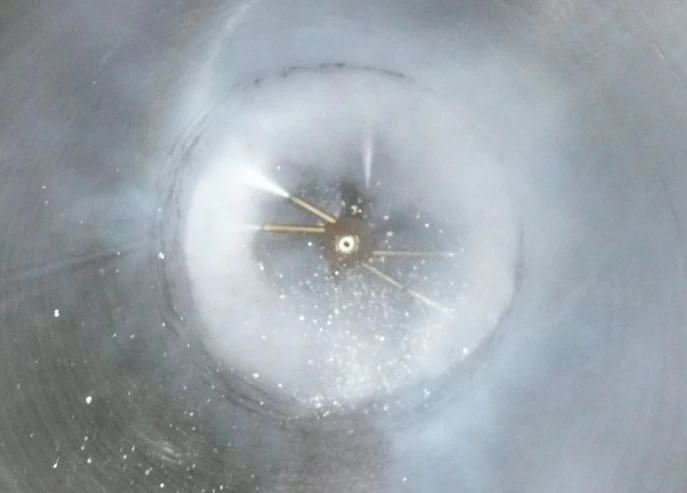
cleaning and flushing of oil systems
flushing of oil systems
– technology used by Ecol
Standard cleaning methods such as mechanical cleaning (brushes, squeegees), steam cleaning (pipe blowing), chemicals (degreasing and acid etching), detergents (rinsing with detergents) are not effective in most cases in getting the inside of an oil system very clean.
The solution is the technology used by Ecol, which involves using high-pressure water to remove deposits from the internal surfaces of the system, followed by the use of high-flow (turbulent) oil flushing using an external flushing unit.
cleaning and flushing of oil systems – main process
Oil system cleaning and flushing services are provided for both newly built turbine sets and those undergoing refurbishment and modernisation. The technology we use is based on Ecol’s experience, OEMs’ requirements, EPRI, ASTM, as well as VGB recommendations. The entire process is designed in every detail (health and safety, logistics, technology, quality criteria, etc.).
The main process is based on three stages:
step 1: cleaning with high-pressure water
(up to 1,500 Bar) and with large water volumes (up to 110 litres/minute) – hydroblasting
- to remove old oil residues, corrosion, deposits, welding and post-assembly contamination; seal residues
- minimal disassembly; cleaning of the entire oil system according to the developed engineering
step 2: Turbulent flushing of the oil system
high velocity oil flushing (HVOF)
- external pumping and filtering unit; turbulent flows in each pipeline
- High-performance full-flow filters (3 µm, β3>1000)
- adherence to precise flushing schedules
Step 3: Oil system filtering
for safe and easy start-up of the oil system and the entire turbine unit
- In order to remove post-assembly contamination (introduced during assembly after flushing), a bypass oil filter is used in the main oil tank during start-up of the oil system.
- after final filtration, a sample is taken for full oil analysis. The oil remains in the system.
looking for more information?
contact our specialist directly

laboratory tests on oil
full oil purity analysis
Oil during flushing is tested for ISO 4406 on-site cleanliness class by microscopy and particle monitors (PALL PCM500W blocking counters).
The flushing process continues until the desired oil purity is achieved in the sequence of samples tested.
After flushing, a sludge sample is taken, as well as an oil sample for full oil analysis in the laboratory.
lubrication and hydraulic systems
use of oil system flushing
new oil installations
flushing new lubrication systems to remove post-assembly contaminants, corrosion products and to achieve the specified cleanliness class before the first start-up of the plant
oil systems in operation
flushing of in-service oil systems to remove contaminants after failures and to restore the cleanliness class to nominal parameters
after hydrodynamic cleaning
ensuring high oil system cleanliness after the hydrodynamic cleaning process inside the oil system
removal of varnish deposits
flushing of the oil system with simultaneous microfiltration to remove so-called “varnish deposits”. varnish.
ensuring the highest purity in hydronic systems
flushing of hydraulic systems where the highest level of system cleanliness is required
FAQ
cleaning and flushing of oil systems – frequently asked questions
-
A dirty oil system is very often one of the main causes of emissions and influences the accelerated degradation of oil and lubricated components. Among the main causes, the most common are:
- – reasons deriving from the dynamics of the machine (vibrations, underweight, fluctuating loads)
- – inadequate cleanliness of the oil entering the lubricated components
- – inadequate physical and chemical properties of the oil (e.g. poor viscosity, aeration; )
- – oil degradation products (varnish, sludge, deposits)
-
Contaminants in the oil system can include: rust, sand, dust, welding and grinding products, sandblasting, oils, grease, paint deposits, tools and other unauthorised elements.
Dirt sticks to oil system components and deposits in so-called dead zones. Vibration, changes in oil temperature cause them to detach and circulate through the oil system.
check also – other services
Sławomir Stawarczyk
- Sales Office Manager for Oil Service and Hydrodynamic Cleaning
- tel.: 600 355 486
- slawomir.stawarczyk@ecol.com.pl

